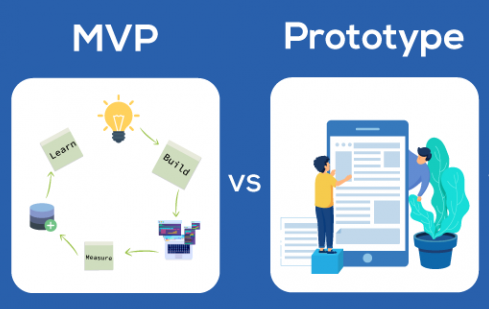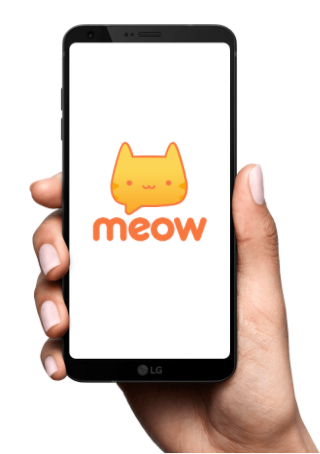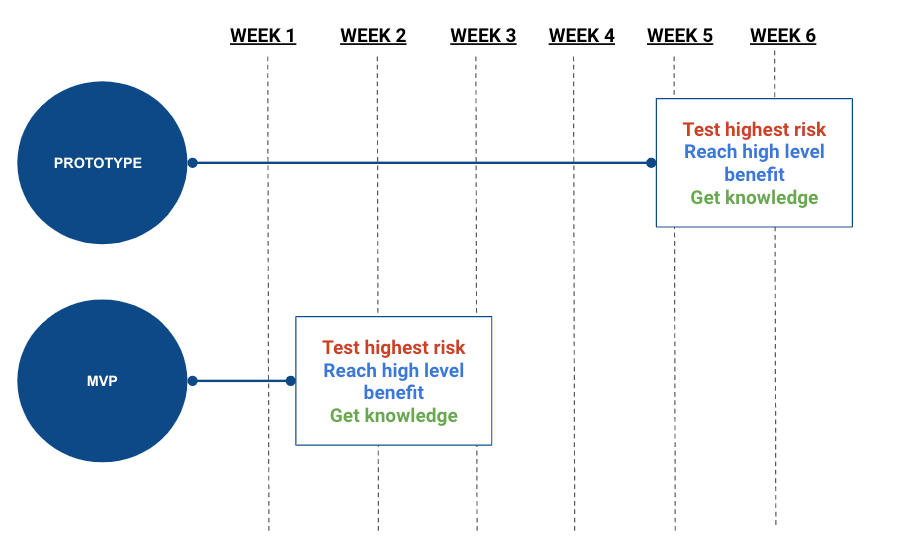A use case for differences between a prototype and a MVP
Feb 3, 2021

Let’s say you want to build a fictional mobile app that connects cat owners with cat sitter. A typical marketplace business model. Let’s call it meow

Step 1: Identify what’s the high-level benefit for the customer
The high-level benefit is the end benefit for the customer in the whole chain of benefits. For your cat app this could look like this, for example:
This app has a nice user interface Thanks to the good interface I can easily find cat sitter for my cat It even has geolocation features so I can find a carer in my neighborhood Tomorrow I can leave my cat to a cat sitter And go to holiday with your family for several days
Starting with the product features, we reach benefits and eventually find out the high-level benefit for the customer: Go to holiday with your family without worrying of your cat
Method 1: A prototype
A dirty and buggy app prototype that allows cat owners to connect with cat sitter.
Time: From 1–2 weeks to months
Benefit for the client: little or none. Your now app is probably going to be a ghost town. Very unlikely that your app is going to help anybody.
Learnings for you: Almost none. it’s implausible that you’ve learned a lot about the market staying in your garage.
Test of your biggest risk: You’ve lost 2 weeks, and not a single cat owner has paid you for your cat app.
Why building a prototype at this stage is wrong?
Because there’s a much shorter way to the activity that generates the most knowledge for you + the biggest value for your customers.
Because an app (i.e., features) is way back in the value chain for your customer and not close at all to being a high-level benefit.
Method 2: An MVP
10–15 phone calls or Facebook messages to friends or hyperlocal ads asking a simple question:
“Would you like me to check your cat ? I’m happy to do it for $X. That way you’ll can go to holiday without thinking about your cat”
Time: 1–2 hours to 1–2 days
Benefit for the customer: Pretty much instantaneous. The customer will be able to go to vacation without to worrying about their cat… not when you build the app. You’re addressing the highest-level benefit directly, and not the features.
Learnings: It’s expected that you’ll learn a lot more about the market after 15 conversations with potential customers than after writing 15,000 lines of code in your basement.
Why building a MVP at this stage is right?
By the end of the day you’re either:
a) going to have more money in your pocket (from cat owners) or
b) find out that cat owners are not willing to pay for that service.
In both cases - you win.
